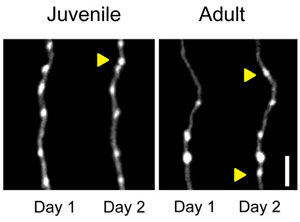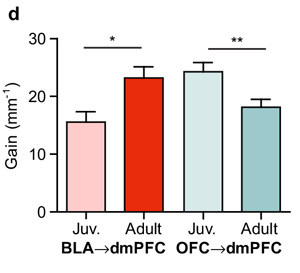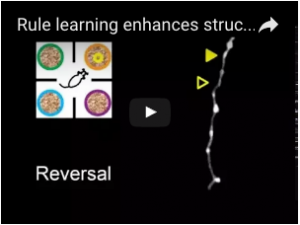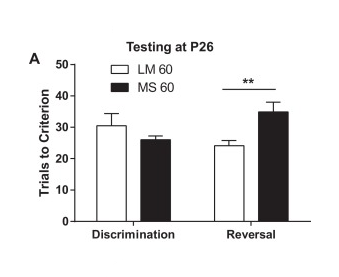Ovarian Hormones Organize the Maturation of Inhibitory Neurotransmission in the Frontal Cortex at Puberty Onset in Female Mice
The frontal cortex matures late in development, showing dramatic changes after puberty onset, yet few experiments have directly tested the role of pubertal hormones in cortical maturation. One mechanism thought to play a primary role in regulating the maturation of the neocortex is an increase in inhibitory neurotransmission, which alters the balance of excitation and inhibition. We hypothesized that pubertal hormones could regulate maturation of the frontal cortex by this mechanism. Here, we report that manipulations of gonadal hormones do significantly alter the maturation of inhibitory neurotransmission in the cingulate region of the mouse medial frontal cortex, an associative region that matures during the pubertal transition and is implicated in decision making, learning, and psychopathology. We find that inhibitory neurotransmission, but not excitatory neurotransmission, increases onto cingulate pyramidal neurons during peri-pubertal development and that this increase can be blocked by pre-pubertal, but not post-pubertal, gonadectomy. We next used pre-pubertal hormone treatment to model early puberty onset, a phenomenon increasingly observed in girls living in developed nations. We find that pre-pubertal hormone treatment drives an early increase in inhibitory neurotransmission in the frontal cortex, but not the somatosensory cortex, suggesting that earlier puberty can advance cortical maturation in a regionally specific manner. Pre-pubertal hormone treatment also accelerates maturation of tonic inhibition and performance in a frontal-cortex-dependent reversal-learning task. These data provide rare evidence of enduring, organizational effects of ovarian hormones at puberty and provide a potential mechanism by which gonadal hormones could regulate the maturation of the associative neocortex.
David J. Piekarski, Josiah R. Boivin, Linda Wilbrecht, Ovarian Hormones Organize the Maturation of Inhibitory Neurotransmission in the Frontal Cortex at Puberty Onset in Female Mice, 27(12) Current Biology p1735–1745.e3, June 19, 2017.






